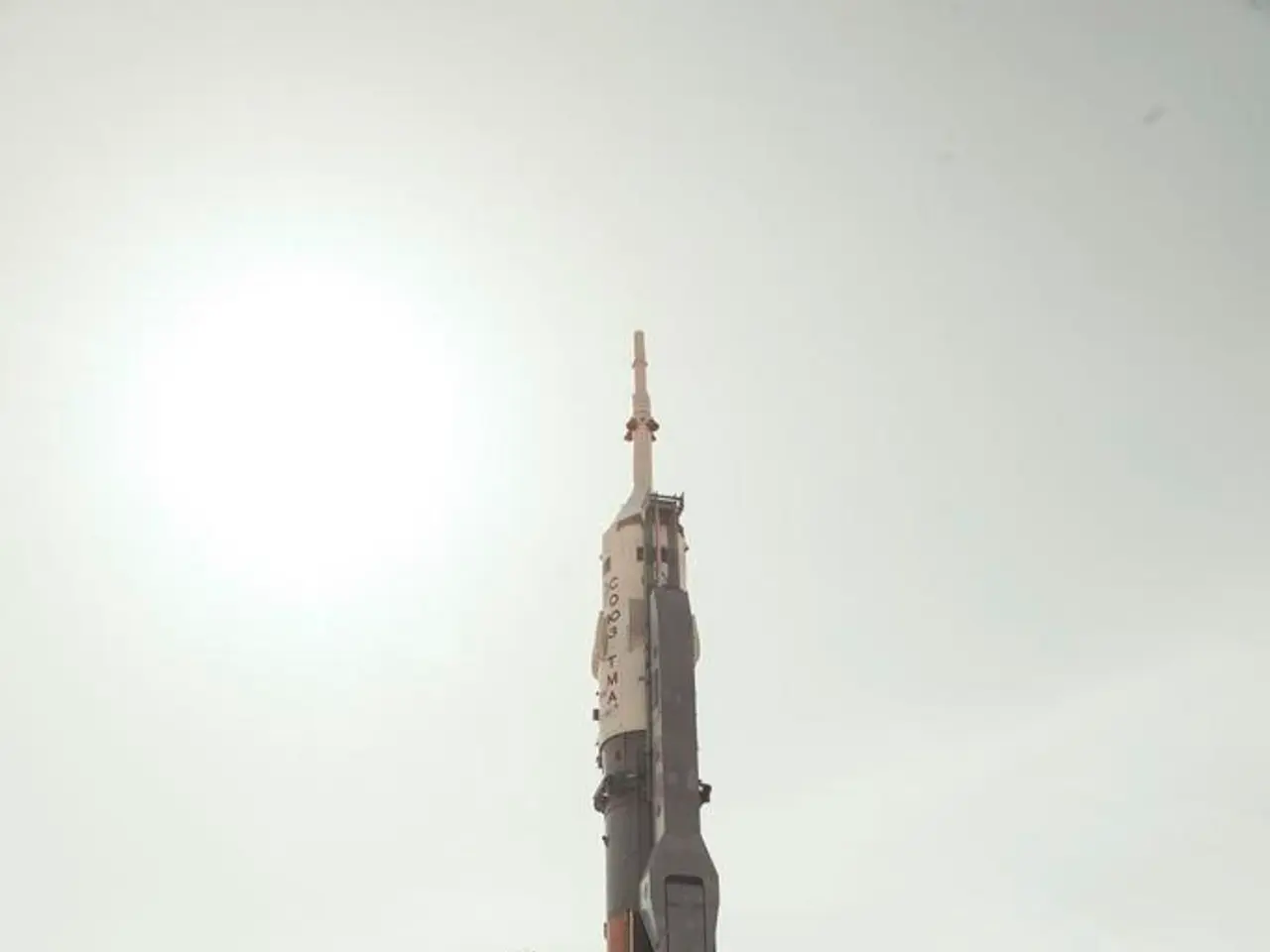SpaceX successively achieves the 300th landing of one of its rockets
SpaceX Achieves Historic Milestone with 300th Successful Falcon 9 Landing
SpaceX has made history once again, achieving the 300th successful landing of a Falcon 9 first stage during the launch of 22 Starlink satellites on June 7, 2024. This remarkable milestone, which showcases the significant benefits of rocket reusability, marks a significant step forward in the field of aerospace.
The booster that landed on June 7 had a impressive flight history, with 16 missions under its belt, including 12 dedicated Starlink missions. Some SpaceX boosters have been reused up to 20 times, demonstrating the robustness and reliability of these reusable rockets.
The first successful controlled landing of a Falcon 9 first stage occurred on December 22, 2015, and since then, SpaceX has successfully landed the Falcon 9 first stage 485 times out of 498 attempts[1][2][3]. This impressive reliability and reuse capability are key to SpaceX’s cost reduction and launch cadence achievements.
Preparing reusable boosters for new flights is faster than building a new rocket, allowing SpaceX to maintain a tighter and more consistent launch schedule. By reusing the same components, the amount of waste generated by each launch is significantly reduced, contributing to a reduction in space debris. This approach to reusing rockets also minimizes the ecological footprint of space exploration.
The launch on June 7, 2024, was the 59th launch of the year for SpaceX, and the 42nd mission dedicated to expanding SpaceX's megaconstellation, which currently has more than 6,000 operational satellites in orbit. In April 2016, SpaceX successfully landed the Falcon 9 first stage on Earth for the first time, expanding the recovery capabilities of boosters, particularly for missions where a return to land was not possible.
The launch on June 7, 2024, carried 22 Starlink satellites and marked the 16th flight of this particular booster. The reuse of rockets accelerates the pace of launches, enabling SpaceX to continue its mission of making space more accessible and affordable. This milestone in aerospace history is a testament to SpaceX's commitment to innovation and sustainability.
[1] SpaceX. (2025). SpaceX's Successful Landings. Retrieved from https://www.spacex.com/landings
[2] Teslarati. (2025). SpaceX Falcon 9 First Stage Landing Statistics. Retrieved from https://www.teslarati.com/spacex-falcon-9-first-stage-landing-statistics/
[3] Ars Technica. (2025). SpaceX's Falcon 9 booster reuse program. Retrieved from https://arstechnica.com/science/2025/08/spacexs-falcon-9-booster-reuse-program/
[4] Space.com. (2025). SpaceX Launches 54 Starlink Satellites on Falcon 9 Rocket. Retrieved from https://www.space.com/spacex-launches-54-starlink-satellites-on-falcon-9-rocket.html
[5] CNET. (2025). SpaceX launches 53 Starlink satellites on Falcon 9 rocket. Retrieved from https://www.cnet.com/space/spacex-launches-53-starlink-satellites-on-falcon-9-rocket/
Science and innovation have been instrumental in SpaceX's continued success, as demonstrated by their 300th successful Falcon 9 landing in the field of space-and-astronomy. This milestone, achieved through the use of technology, reiterates SpaceX's commitment to space exploration and sustainability.




